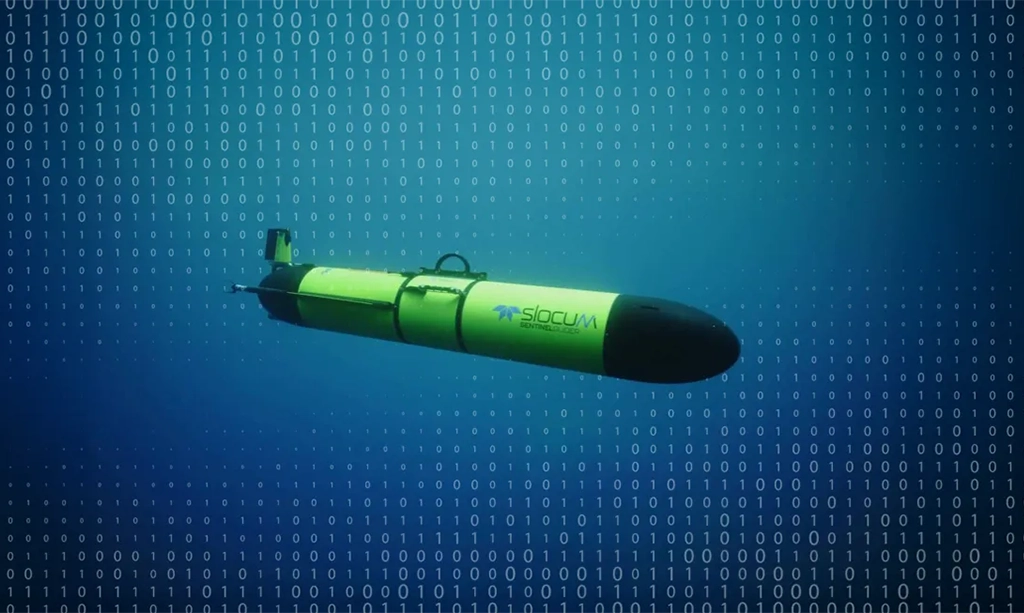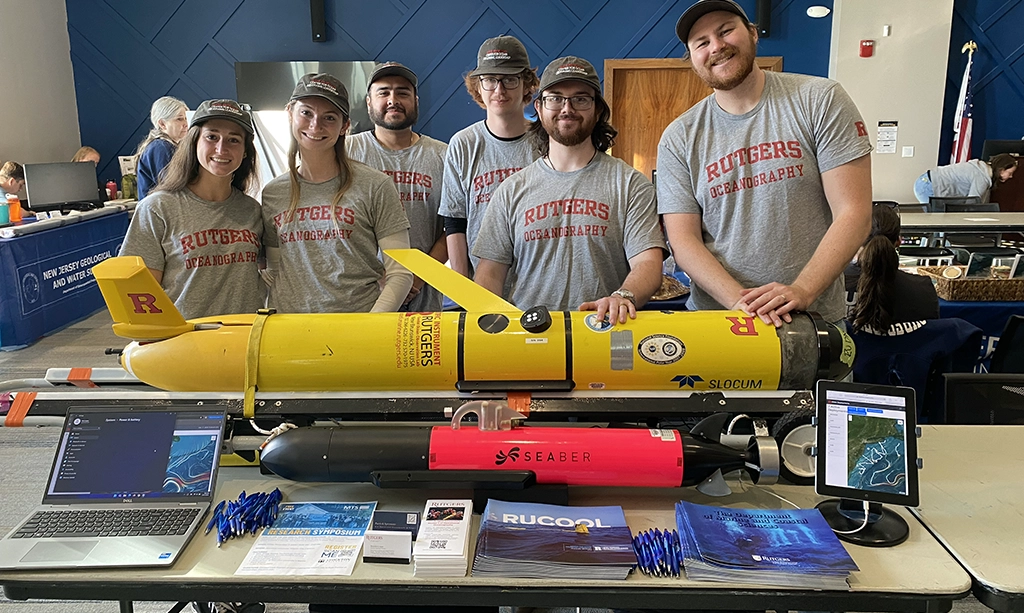NEW AWARD: Underwater robots to predict ocean weather during hurricanes
Autonomous underwater robots can provide valuable information for predicting ocean currents and weather patterns during hurricanes and other harsh conditions. The problem is that these same conditions make it hard…







